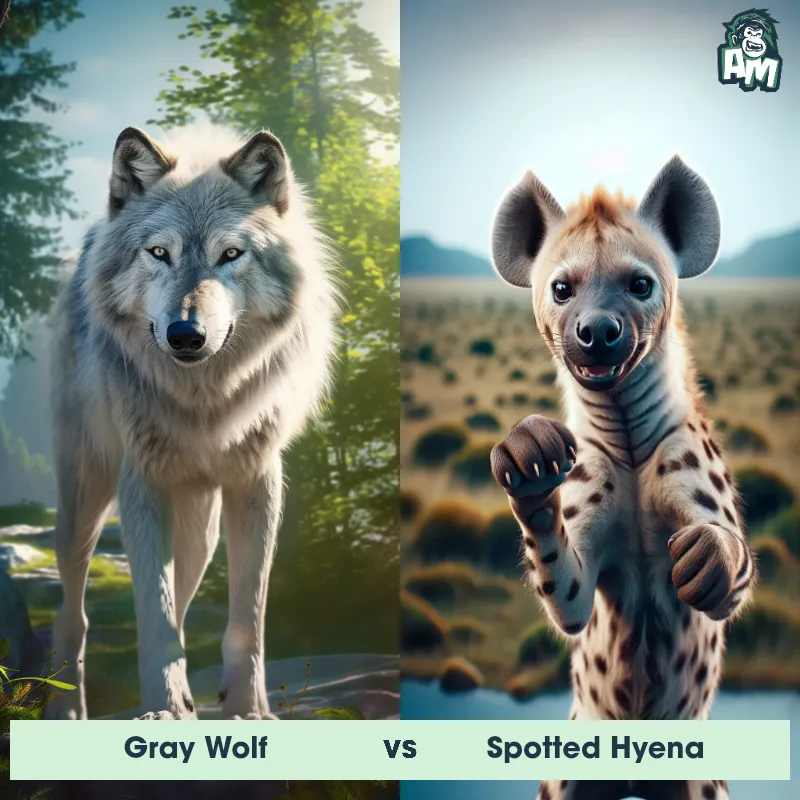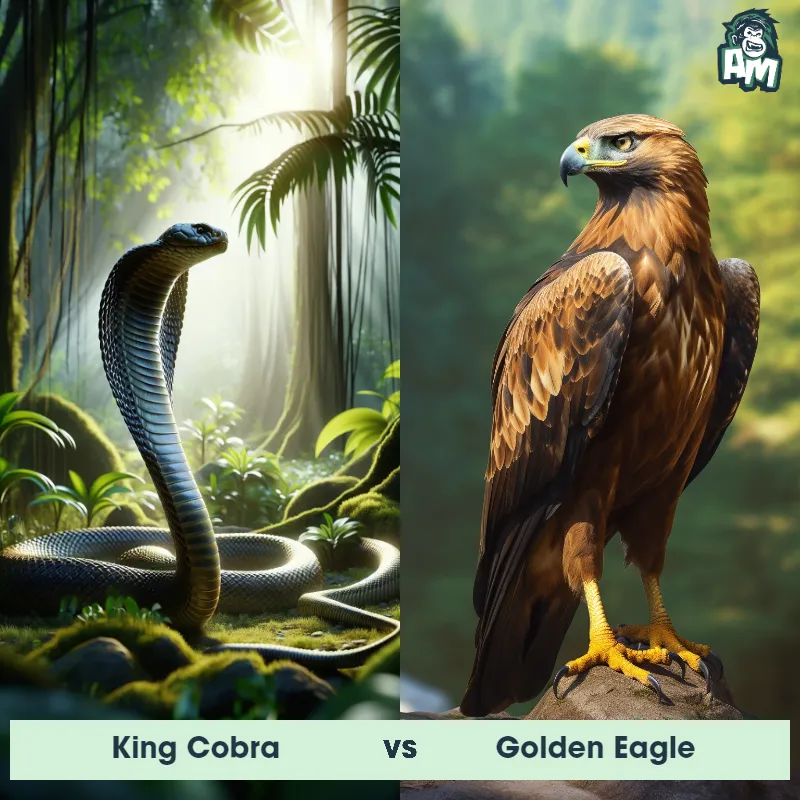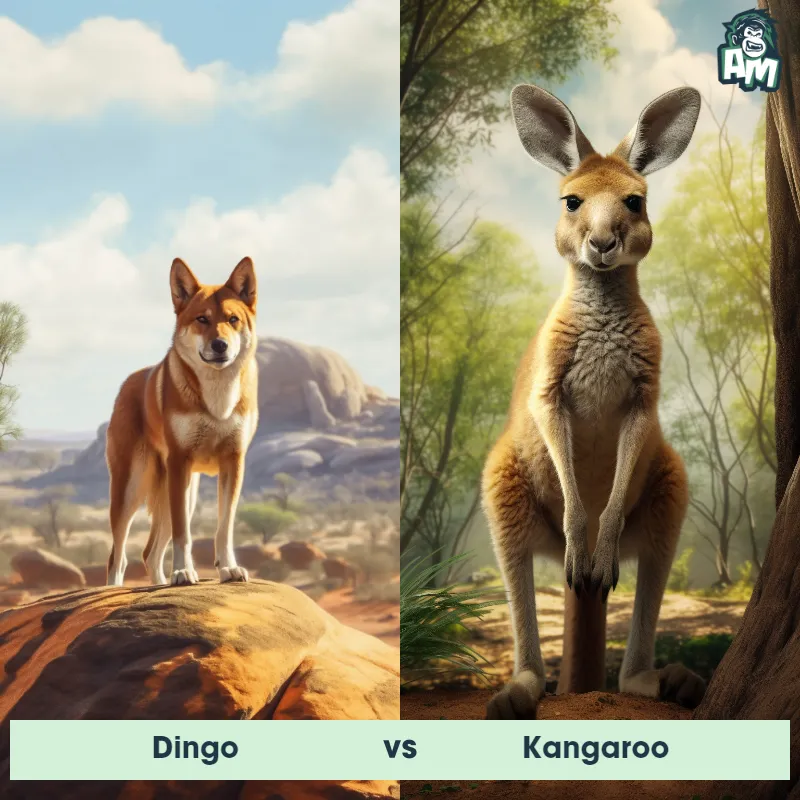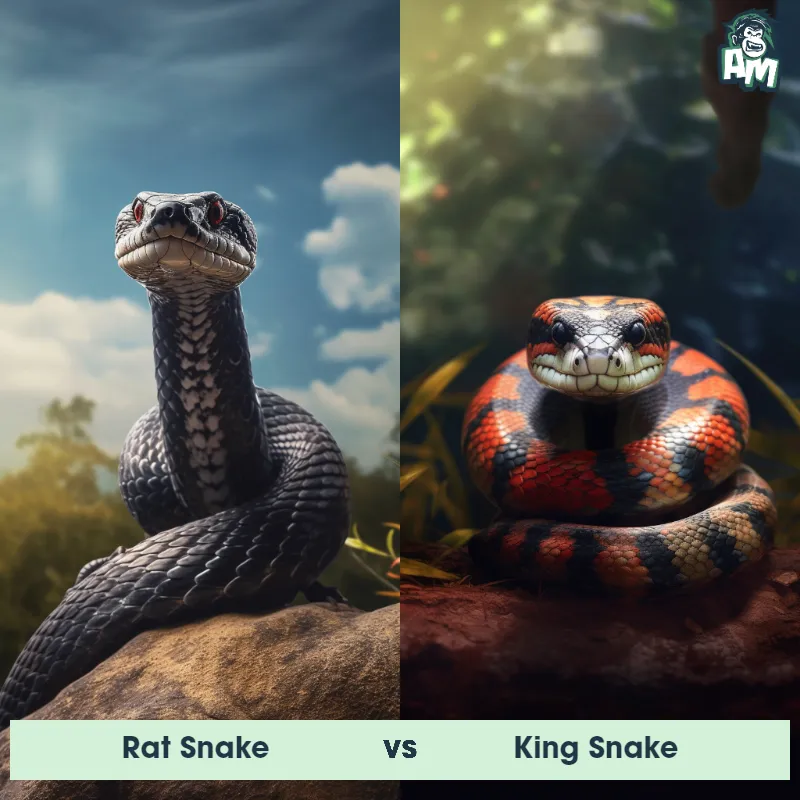Leopard vs ChimpanzeeSee Who Wins

Ladies and gentlemen, welcome to this thrilling matchup between two formidable creatures! In the blue corner, we have the swift and cunning leopard, known for its agility and stealth. And in the red corner, we have the intelligent and powerful chimpanzee, armed with its problem-solving skills and remarkable strength. It's going to be a showdown like no other! Let's see who emerges victorious in this three-round battle of the animal kingdom!
Contender 1: Leopard
The Leopard is a large and powerful carnivorous mammal that is known for its distinctive coat pattern consisting of rosette-like spots. It has a slender body, muscular limbs, and a long tail, enabling it to be agile and swift. Leopards are primarily nocturnal creatures, preferring to hunt during the cover of darkness. They are highly adaptable and can thrive in a variety of habitats, ranging from dense forests to open grasslands. With exceptional climbing skills, they are capable of dragging their prey up trees to keep it safe from other predators.
Fun Fact: Leopards are incredibly strong and possess immense agility, as they are capable of leaping horizontally up to 6 meters and vertically up to 3 meters, allowing them to ambush their prey from above with precision.
Contender 2: Chimpanzee
The Chimpanzee, a highly intelligent primate and our closest living relative, inhabits the forests and woodlands of central and West Africa. These social creatures possess a robust and muscular build, with an average height of about 3 to 5 feet and a weight ranging from 70 to 130 pounds. Famed for their dexterous hands and opposable thumbs, chimpanzees are remarkable tool users, employing sticks to collect termites and rocks to crack open nuts. They have a keen sense of hierarchy within their communities and communicate using a variety of vocalizations, gestures, and facial expressions.
Fun Fact: One fascinating fact about Chimpanzees is that they have been observed using tools not only for feeding purposes but also for social interaction, engaging in behaviors like leaf clipping, trunk dragging, or throwing rocks as forms of non-verbal communication.
Matchup Stats
| Leopard | Chimpanzee | |
|---|---|---|
| Size | 24-28 inches (60-71 cm) at the shoulder; 5-6 feet (1.5-1.8 meters) in length | 3 to 5 feet (0.9 to 1.5 meters) |
| Weight | 80-160 pounds (36-73 kilograms) | 70 to 130 pounds (31 to 59 kilograms) |
| Speed | 36-37mph (58-60km/h) | 25mph (40km/h) |
| Key Strength | Powerful jaw and sharp claws | Strong arm and upper body muscles |
| Biggest Weakness | Less endurance compared to some other big cats | Vulnerable to attacks from the back |
Current Votes
Leopard vs Chimpanzee
See Who Wins
View More Matches
Looking For More?
Similar Matches
Scientific Stats
| Leopard | Chimpanzee | |
|---|---|---|
| Scientific Name | Panthera pardus | Pan troglodytes |
| Family | Felidae | Hominidae |
| Habitat | Variety of habitats including forests, grasslands, and mountains | Forests and woodlands |
| Geography | Africa, parts of Asia | Central and West Africa |
| Diet | Carnivorous, preys on various animals including ungulates, small mammals, birds, and reptiles | Omnivorous |
| Lifespan | 12 years - 17 years | 40 years - 60 years |
Key Differences between Leopard and Chimpanzee
- Build: Leopards have a more sleek and muscular build, characterized by a longer body and shorter limbs, while chimpanzees have a more robust and compact body structure with longer arms compared to their legs.
- Habitat: Leopards are primarily found in a wide range of habitats across sub-Saharan Africa and parts of Asia, including forests and grasslands, whereas chimpanzees are indigenous to the dense rainforests and woodlands of equatorial Africa.
- Coloration: Leopards display a distinct coat pattern, with their body covered in rosette-shaped black spots, while chimpanzees have a plain, darker fur across their entire body.
- Size: The Leopard is typically larger than the Chimpanzee, with adult leopards weighing between 80 to 150 pounds, while adult chimpanzees weigh around 70 to 130 pounds.
- Tail: Leopards have a long and flexible tail, typically longer than their body length, which aids in balance and climbing, while chimpanzees have a relatively shorter tail that is not prehensile.
- Facial features: Chimpanzees have a prominent brow ridge and a protruding snout, whereas leopards have a more elongated face with a flatter forehead.































